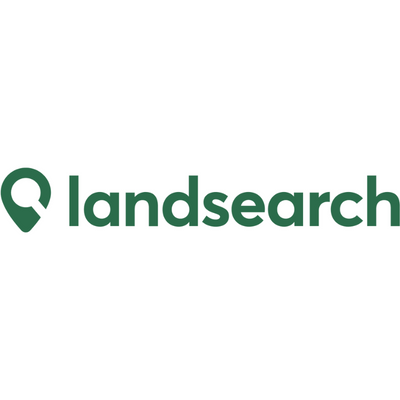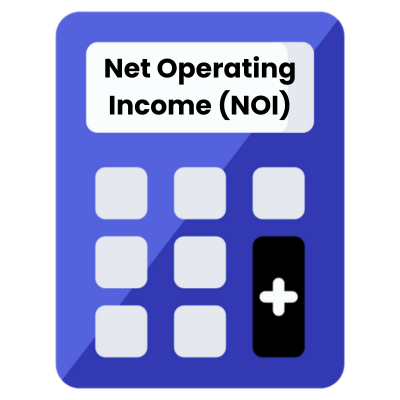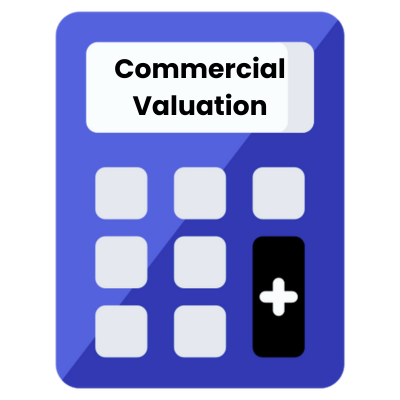Last Updated: April 2024
Land is one of the oldest and simplest forms of rental real estate. Renting land can vary in its location and use, such as land in a rural area for agricultural endeavors, or an undeveloped lot in urban areas for storage. Overhead of land ownership is often lower than a comparable investment like an apartment building, but constant expenses still remain such as property taxes and maintenance upkeep. Below we take a deep dive into everything you need to know about land and renting it out.
What is Land For Rent?
Land (Property) Definition
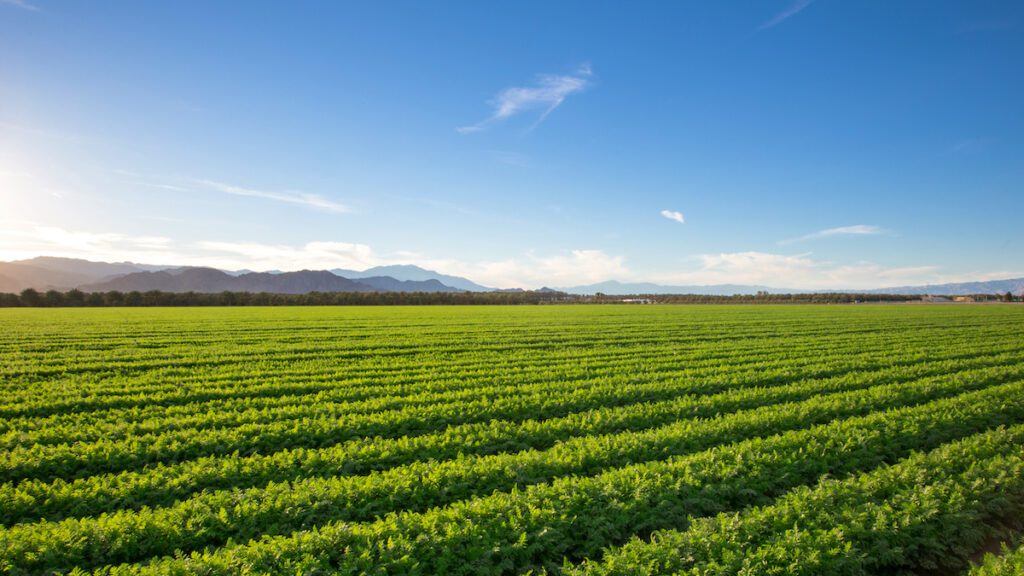
As it relates to real estate, land refers to the immovable and natural earth surface. Land ownership is determined by its defined boundaries that are documented and need not be shown on the land itself. These defined boundaries of land are collectively referred to as a “Lot” or a “Plot”.
Land for Rent Explained
Land for rent is much like borrowing a piece of the Earth for a specific purpose without actually owning it. Imagine having a blank canvas where you can create, operate, or even just enjoy a piece of nature, and all you have to do is pay a periodic fee for its use. Farmers might rent land to plant crops; families might rent a scenic spot for weekend getaways. Businesses can rent plots to set up shop or build offices, while developers might lease a space temporarily to construct houses or apartments. Even if you’ve seen those large wind turbines or solar panels in open fields, someone is likely renting that land for green energy purposes. It’s a way to benefit from a piece of land’s potential without the long-term commitment or cost of buying it outright.
10 Types of Land
Land is a very broad and widely used term, however, within this asset class are several types of sub-classes that each have their own unique characteristics. We explore the most common types of land for rent properties below:
Agricultural Land
Agricultural land is land that is dedicated to food production, including farms, ranches, timber tracts, aquaculture farms, and more. If you’ve driven by a farm or ranch in your travels, you know what we mean. The United States currently possesses more than 900 million acres of farmland, which represents about 40% of all the land in the United States, according to the United States Department of Agriculture aka the USDA.
Examples of Agricultural Land include:
- Crop farms
- Poultry farms
- Ranches
- Timberland
- Homesteads
- Vineyards
- Orchards
- Aquatic farms
Agricultural land is split into two main types: Pasture Land and Cultivable Land:
Pasture Land

Pasture land is land that is used for the grazing of livestock. This land is typically found in rural areas and is often used for grazing cattle, horses, and sheep. Pasture land is usually fenced in, and is often times divided into sections for different animals. Many of the products you eat and use every day come from the productive use of pasture land, including meat, wool, milk, and other products. In the United States, pasture land is used primarily to feed grazing livestock like sheep, cattle, and horses.
Cultivable Land
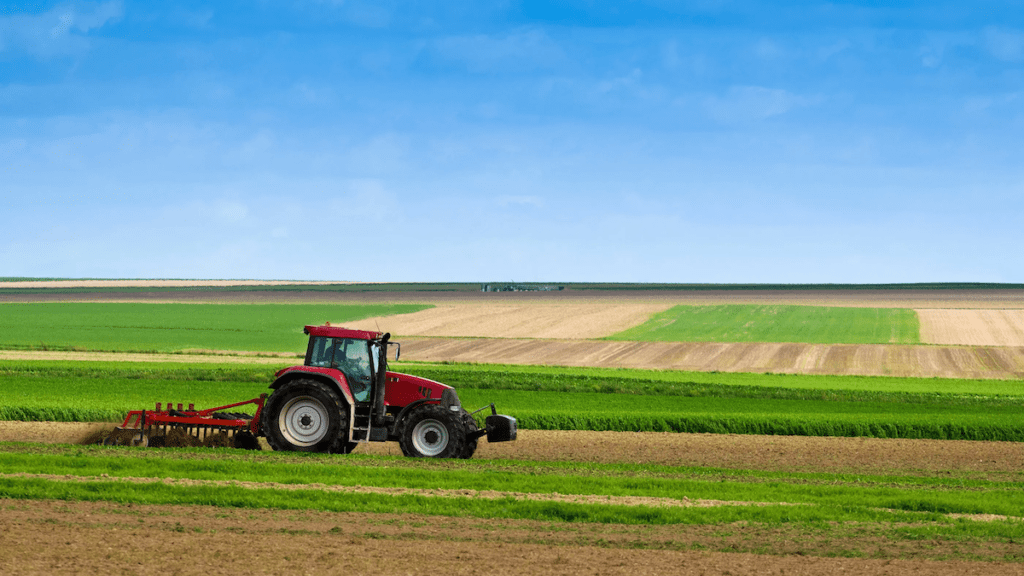
Cultivable land is any land that can be used to grow crops or other plants. This includes both farmland and gardens. The term is often used interchangeably with arable land, which is land that has been plowed and is ready for planting. Cultivable land is a vital resource for any society that depends on agriculture for its food supply. The amount of cultivable land available can limit the size and productivity of a society. For example, the Roman Empire was only able to support a population of about 60 million people because of the limited amount of cultivable land available.
Recreational Land
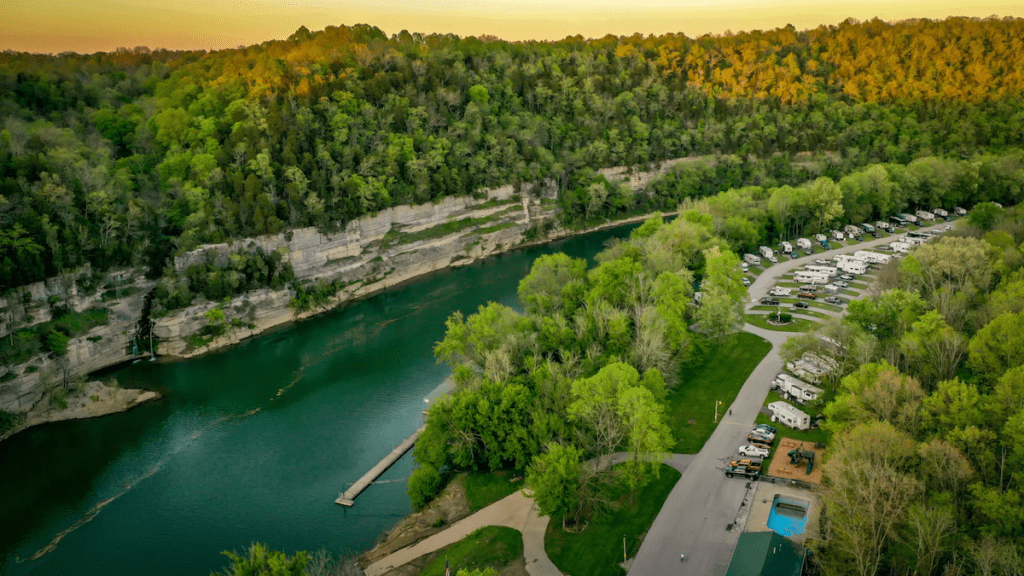
Recreational land is defined as property that is used for enjoyment- hence, recreational. This land type runs the gamut from an urban greenscape like NYC’s Central Park or a hunting ranch deep in the heart of Texas. Recreational land might be privately owned, like a family ranch, or it may be privately owned, like a private reservoir or lake.
Examples of Recreational Land include:
- Tourist and hunting ranches
- Dirtbike and ATV parks
- Horse pastures
- Fishing properties
- Camping grounds
- Bike paths
- City parks
Commercial Land
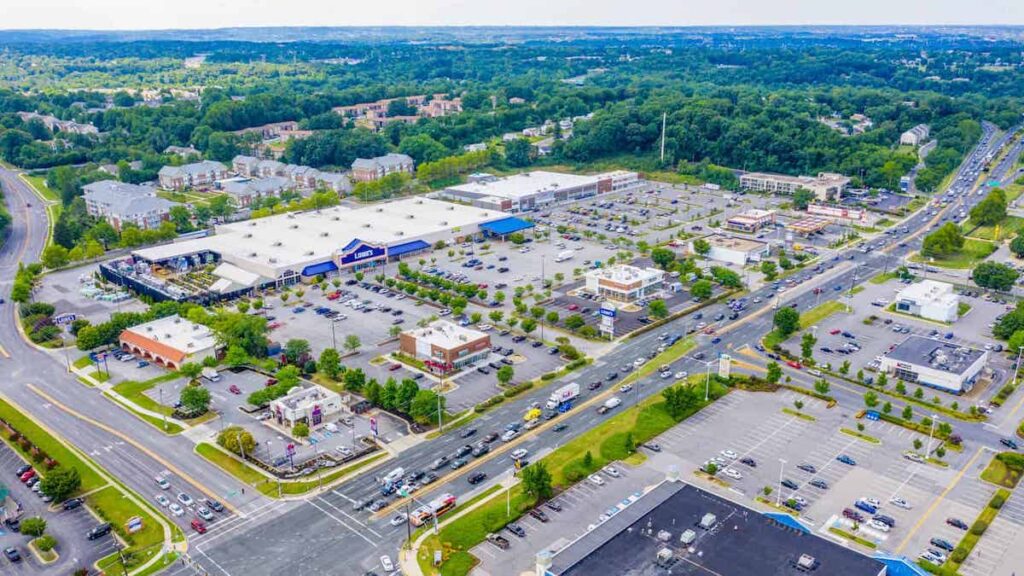
Commercial land refers to property used for commerce or operating some type of income-generating business. The use of commercial land shapes how we work, eat, live, and pretty much do anything in our shared environment, and effective commercial land use is the hallmark of a great city. When land is earmarked for commercial use, it can dramatically alter the value of the underlying land. Commercial land can also have a significant positive effect on nearby land and property values even if the land in question is not designated as commercial. This boost can come from the increased economic activity and desirability that often comes along with commercial growth- think Rodeo Drive in Beverly Hills or Times Square in New York City. As you may have figured out by now, commercial property is often leased out to generate rental income.
Examples of Commercial Land include:
- Restaurant properties
- Retail spaces
- Hotels, motels, and other hospitality properties
- Factories
- Office buildings and parks
- Hospitals and medical facilities
- Industrial and manufacturing buildings
- Logistics and storage, like Amazon warehouses or self-storage facilities
Residential Land

Residential land refers to any property that does or can include a residence, aka a place for people to live. In most cases, residential land is zoned to specifically include housing, although there are mixed commercial, residential, and industrial zones in many regions of the US. Beyond zoning, there are significant regulations around residential land use. Everything from the size of each unit or building, sun coverage and window access, parking restrictions, and many other items will need to be taken into account when constructing or operating a residential property. The value of land in residential areas will differ significantly depending on where it’s located, local schools, access to transportation, proximity to commercial areas, and more. That’s why a beachfront property in Malibu is more expensive than a single-family rental home in Gary, Indiana.
Examples of Residential Land include:
- Traditional single-family homes
- Apartment complexes
- 2,3, and 4-unit properties
- Condominiums
- Tiny homes
- Manufactured and mobile homes
- Cabins
Renewable Energy Land
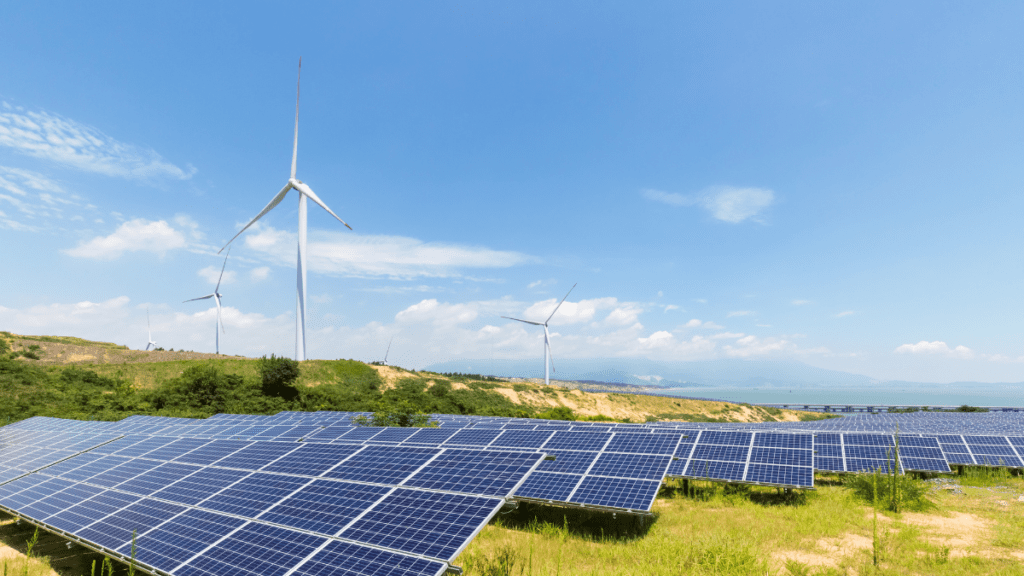
Renewable Energy Land, specifically designed for solar and wind projects, is a burgeoning sector in the real estate arena. For solar projects, this type of land is equipped with large panels that harness sunlight, converting it into electricity. Wind-based projects use vast open spaces, typically in elevated or coastal areas, where wind turbines capture wind energy for power. Renting out land for such endeavors can be lucrative, especially in regions with favorable climatic conditions. Long-term leases with energy companies are common, ensuring steady revenue for landowners.
Mining Land
Mining land refers to parcels specifically rich in natural resources, from minerals to precious metals or even fossil fuels. Renting out these lands usually involves agreements with mining companies that extract these resources. The profitability often depends on the global demand and market prices of the mined materials. While this type of land can be immensely profitable, it also comes with environmental considerations and potential restoration requirements post-extraction. Landowners must be aware of regulatory and environmental guidelines associated with mining activities.
Timberland
Timberland is primarily forested land, valuable for the cultivation and harvest of timber. Renting this type of land often involves agreements with logging companies or timber mills. The continuous cycle of planting, growing, and harvesting trees makes it a sustainable source of income for many landowners. Moreover, the land’s value might appreciate over time, especially with well-managed forests. Additionally, some timberland owners also earn from recreational leases, like hunting or camping, when logging isn’t active.
Advertising Land
Advertising land, particularly for billboards, is a niche in real estate that focuses on high-visibility locations, typically along highways or busy city intersections. Landowners can profit by leasing these spots to advertising companies or businesses directly. Digital billboards have expanded the potential of these lands, allowing for dynamic ads that can change frequently, increasing rental value. The profitability of billboard lands is closely tied to traffic volume and visibility. Additionally, local regulations and aesthetic concerns play a role in determining where billboards can be placed.
Telecommunications Land
Telecommunications land is specifically rented out to companies for infrastructure like cell towers, radio masts, or satellite dishes. As our reliance on wireless communication grows, so does the demand for strategically located plots to ensure robust network coverage. Landowners often enter long-term leases with telecom companies, resulting in steady, long-term rental income. This type of land doesn’t necessarily require vast spaces, but the location is crucial for network efficacy. Given the rapid advancements in technology, lease agreements often consider future upgrades or modifications.
Top Land For Rent Tools
The #1 Rental Property Newsletter
Once a month, we send out an exclusive Rental Property Market Update with top stories, current mortgage rates, building products, and more. No spam and unsubscribe anytime.


Land For Rent News
- CoStar Group Acquiring Matterport Spatial Property Data Company in $1.6 Billion Deal


- Blackstone Acquiring Multifamily Owner AIR Communities for $10 Billion


- Property Meld and Lula Launch ‘Vendor Nexus’ Program


Land Property Management
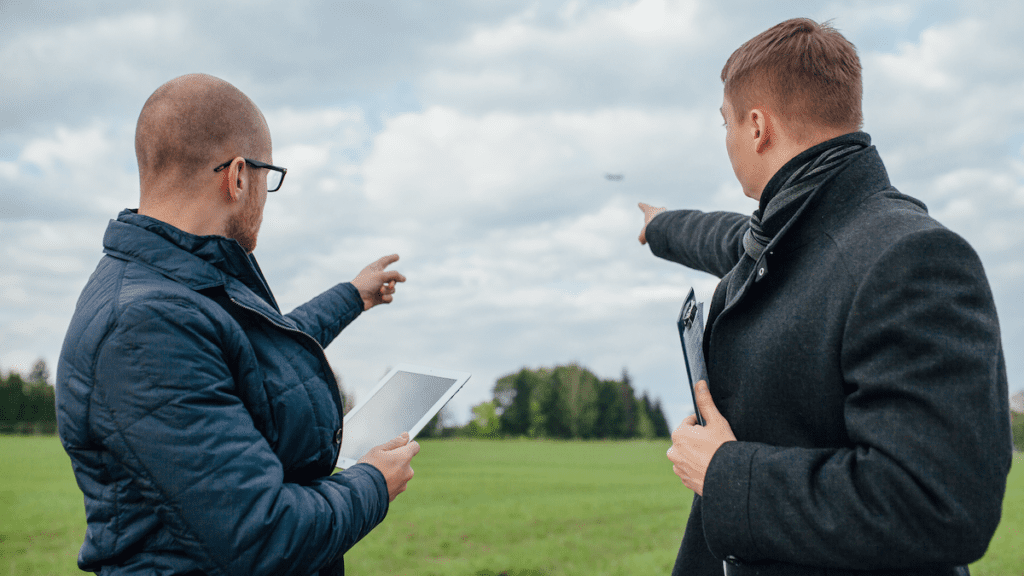

Even though land properties are some of the simplest forms of rental real estate, they require sufficient management in order to protect and maximize their use. As an investor in land properties, you can choose to get hands on with the routine management or outsource it to a professional property management company. Either way you choose, understanding the ins and outs of land property management is essential for every investor.
Land Finance
Land Investing Strategies
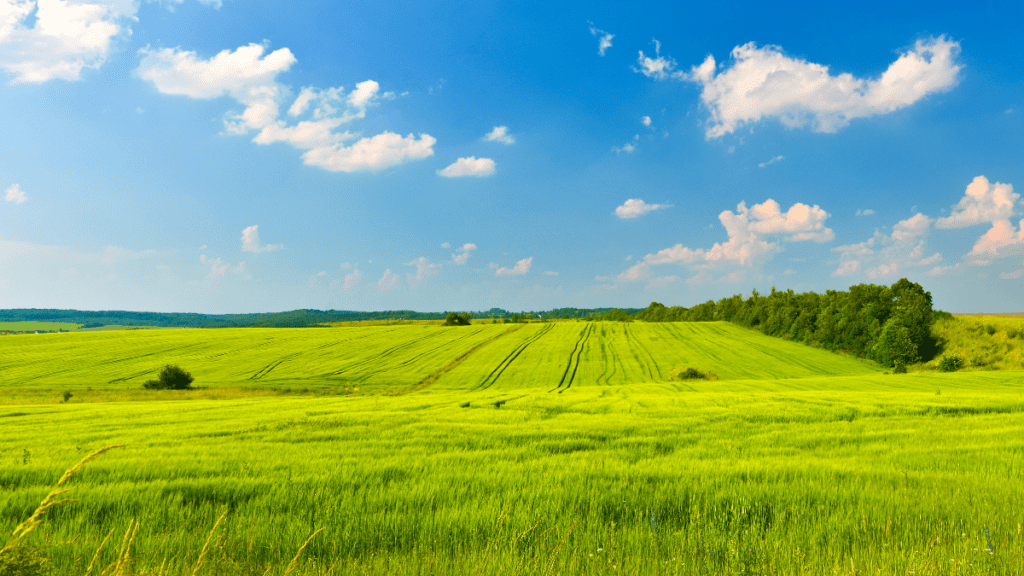

Investing in land for rent is an attractive opportunity for many investors, as it offers a unique set of advantages compared to other types of real estate investments. By renting out land, investors can generate a steady stream of passive income while still retaining ownership of the property, which could appreciate in value over time. Diverse land types present investors with a wide array of choices, each catering to specific market demands and offering unique benefits. The versatility of land investments makes them suitable for various investment strategies, from long-term holds to value-added developments.
Financing Land Purchases
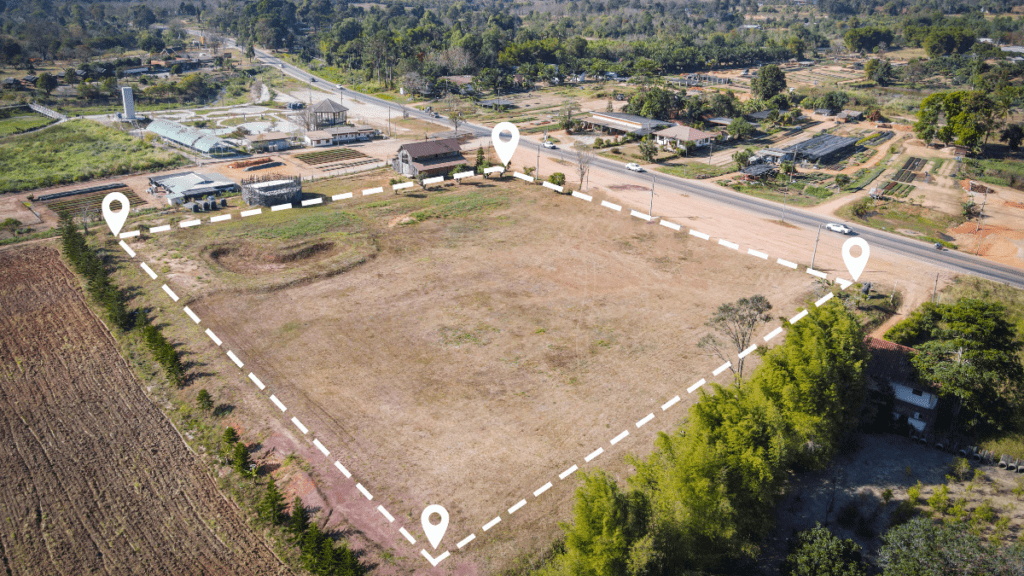

Financing land is distinct from traditional property loans, as it involves purchasing undeveloped property without existing structures. Lenders often perceive land loans as riskier, resulting in potentially higher down payment requirements, usually ranging from 20% to 50% of the property’s value. The type of land can significantly influence loan terms, interest rates, and available financing options. Some investors turn to specialized lenders, like agricultural or commercial banks, particularly when dealing with niche land types.
Top Land Real Estate Companies
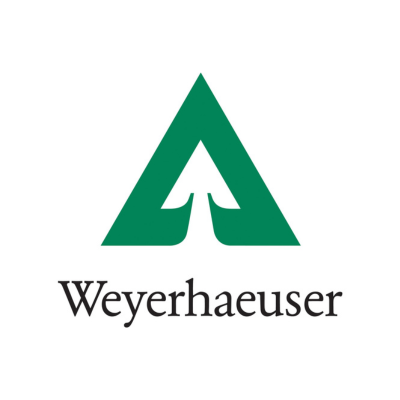

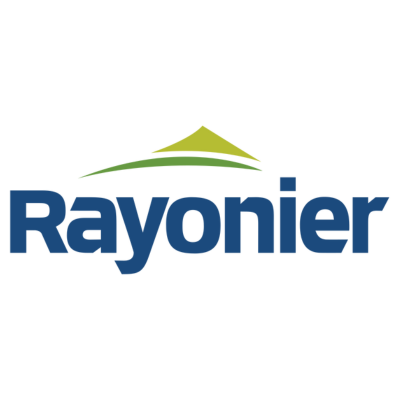



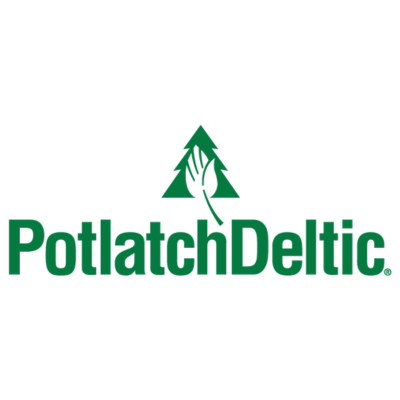

The commercial land real estate sector is a highly specialized area of the market, focusing on the acquisition, development, and management of land for commercial purposes. The top land ownership real estate companies operating in this space are experts in identifying strategic locations that are suitable for a variety of commercial uses. These companies are instrumental in shaping the United States landscape, driving economic growth and creating spaces that meet the evolving needs of businesses and communities.
Land Rental Marketing
Where to Buy, Sell, and Rent Land Online
If you are in the market to buy, sell, or rent land, you will probably begin your search online. The best way to search for these properties is through commercial real estate listing websites that include land properties. These platforms streamline the buying, selling, and renting process by making it easy to find available properties by filtering criteria, researching comps, and reviewing property information.
Search Rental Real Estate
Try searching out site for hundreds of rental property topics ranging from property management, investor tool reviews, investment research, and more.
Land For Rent Calculators
Land FAQ
Difference Between Land vs Real Estate?
Although they are used interchangeably, there actually is a difference between Land vs. Real Estate. Land refers to the natural earth area only. Real Estate refers to everything in the definition of Land, plus everything that is permanently attached to the land, which can be natural (e.g. trees) or artificial (e.g. buildings).
| Land | Real Estate |
|---|---|
| Defintion: The natural materials of earth (i.e. soil and rock) | Definition: Land plus anything permanently attached to it |
| Examples: Trees, Bushes, Boulders, | Examples: Houses, Buildings, Fences |
What is Land Leasing in Residential Real Estate?
Land leasing in residential real estate refers to the practice where a person rents the land on which their home is built, instead of owning it. This arrangement often involves paying a recurring lease fee to the landowner and can significantly affect the cost and equity of the residential property.
What is a Ground Lease in Commercial Real Estate?
A ground lease in commercial real estate is an agreement where a tenant leases the land from a landowner but owns any buildings or improvements they construct on it. This long-term lease arrangement is commonly found in retail real estate and typically lasts between 50 to 99 years and allows the tenant to develop the property commercially without the upfront cost of purchasing the land.
More Types of Rental Real Estate
About the Author


Ryan Nelson
I’m an investor, real estate developer, and property manager with hands-on experience in all types of real estate from single family homes up to hundreds of thousands of square feet of commercial real estate. RentalRealEstate is my mission to create the ultimate real estate investor platform for expert resources, reviews and tools. Learn more about my story.
Disclaimer: The information provided on this website does not, and is not intended to, constitute legal and/or financial advice. As such, all information, content, and materials available on this site are for general informational purposes only. Please review our Editorial Standards for more info.

